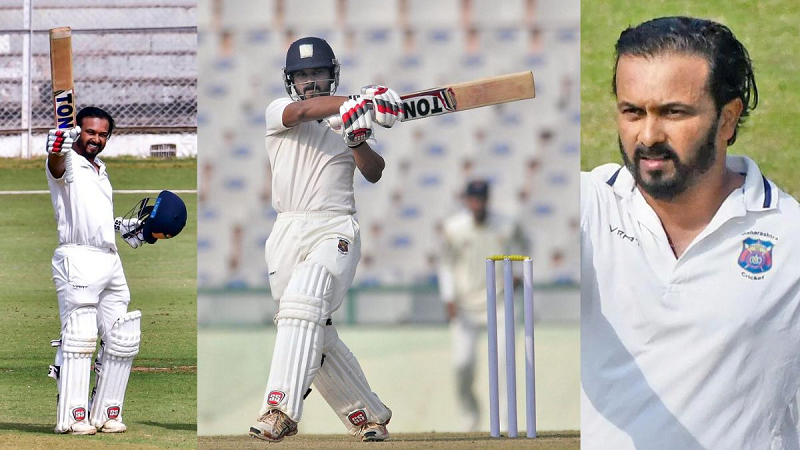
What is a down syndrome?
Children with Down syndrome are born with 47 chromosomes, while a normal child is born with 46 chromosomes. This disorder comes in children only during pregnancy. Of the 46 chromosomes, 23 and 23 come from the parents to the child. When the division of the 21st chromosome from the parent's chromosome is not done, then the 21st chromosome makes its extra copy. For this reason, children with Down syndrome are born with 47 chromosomes. This is a physical and mental disorder, it is called Down syndrome or Trisomy 21. Why is Down syndrome disease? Down syndrome is a disease that lasts a lifetime, it can never be cured. Usually, this disorder occurs in children only during pregnancy, when women are 35 years or older. However, Down syndrome can be detected in children through prenatal screening.
Children with down syndrome are similar in appearance
Babies born with Down syndrome have a lot in common. Their body and facial features are quite similar. Their faces are flat, their heads and forehead are small and their noses and ears are also small, their eyes are almond-shaped, and the tongue is also slightly thick and protruding. Hands and feet are short. Apart from this, their height is also a little less.

Down syndrome severity
The mental and physical development of Down syndrome children is less than that of normal children. Not only this, but many times children suffering from Down syndrome may also have deafness, weak eyes, cataract, thyroid, difficulty breathing while sleeping, Alzheimer's and heart-related problems.
How to identify the down syndrome
Prenatal screening is most important to detect Down syndrome disease in children. Especially women who do late pregnancy must get Down syndrome checked because they are most likely to have it. In this, they are advised to undergo a screening test. It is only through screening that it is known whether the child is suffering from Down syndrome or not.










